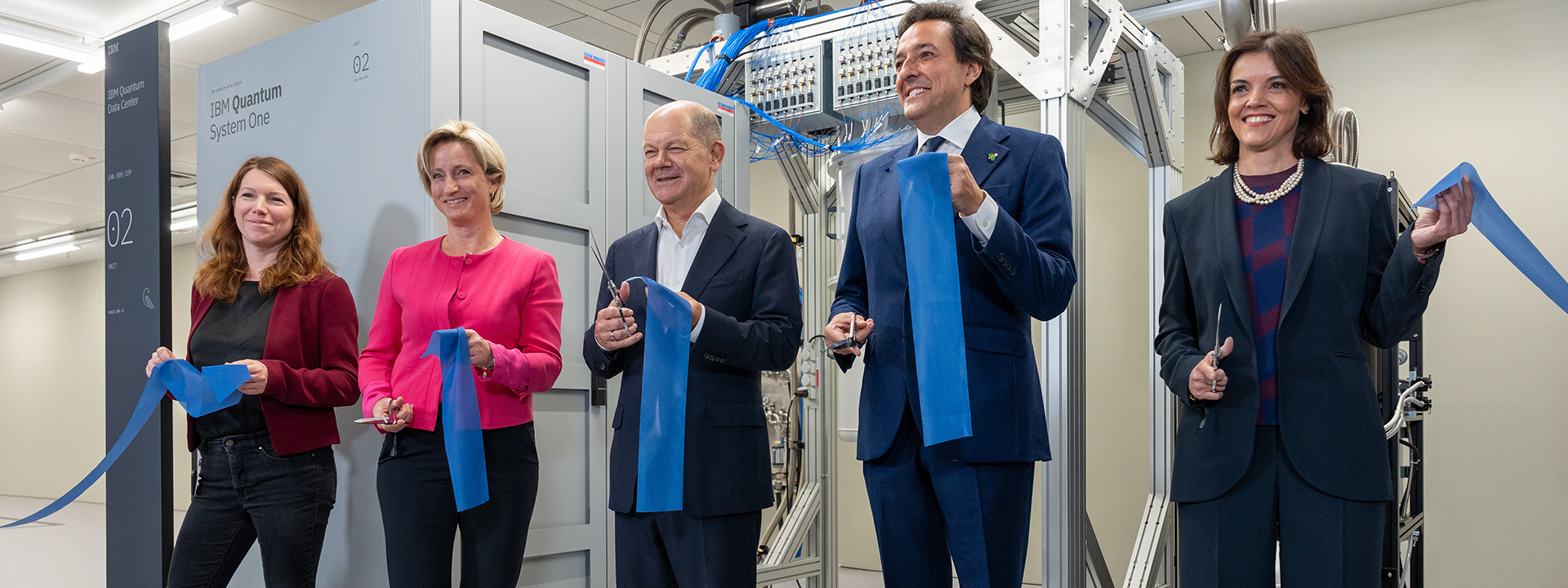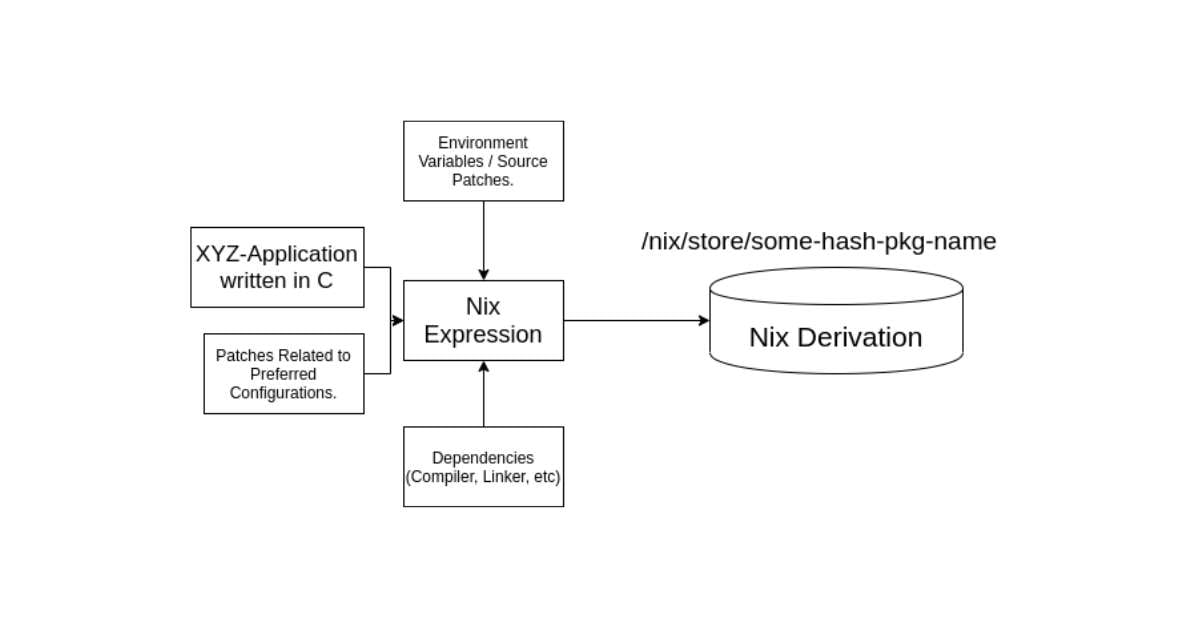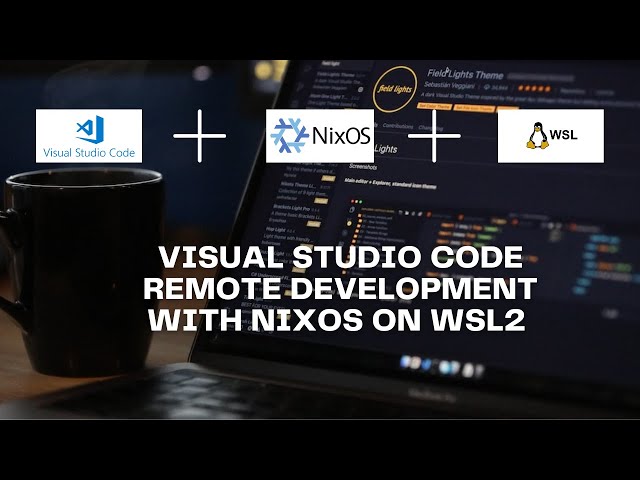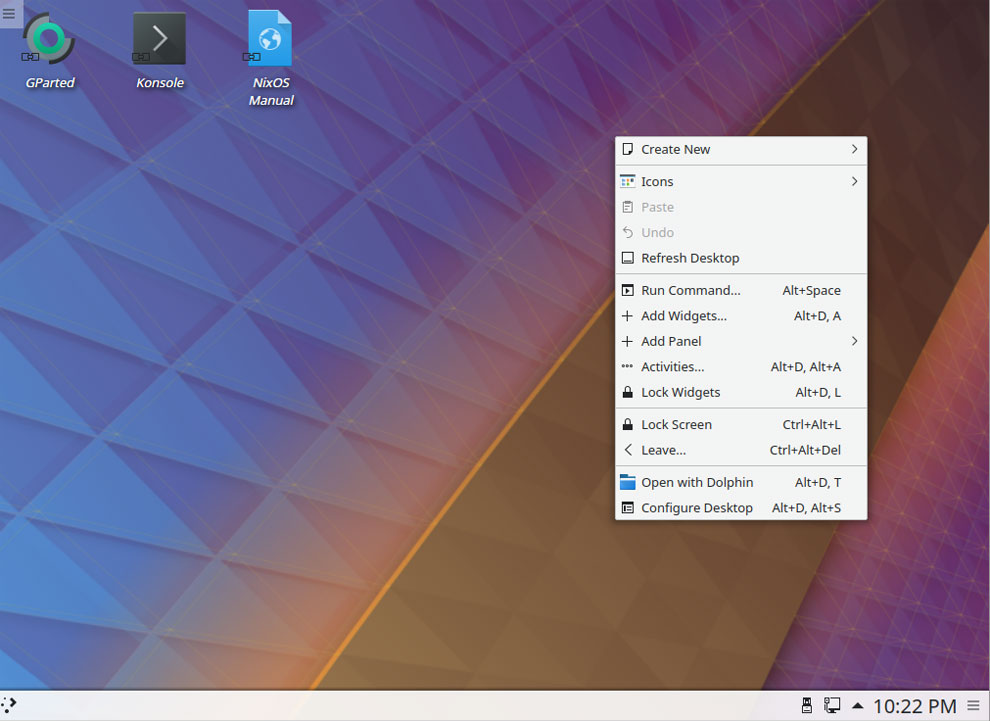
Embracing NixOS: The Future of System Configuration
In the rapidly evolving world of software development, system configuration has often remained a tedious and complex task for developers and system administrators. Enter NixOS, a powerful Linux distribution that promises to revolutionize how users manage their system environments. With the core philosophy of reproducibility and declarative configuration, NixOS emerges as a beacon of hope for those tired of traditional package management woes.
What Makes NixOS Stand Out?
Unlike conventional Linux distributions, NixOS introduces a unique package manager, Nix, which allows for installing multiple versions of software side by side. This means developers can work on various projects simultaneously without worrying about dependency conflicts. Users can define their entire system configuration in a single configuration file, making it much simpler to create reproducible environments.
The heart of NixOS: reproducible system configurations.
The Power of Functional Package Management
Nix features a functional package management approach, meaning packages are installed in isolation from one another. This not only reduces the risk of breaking the system but also enhances security. For instance, if a user installs a new version of a software package and encounters issues, reverting back to a previous version is as simple as updating the configuration file and redeploying.
“NixOS embodies the spirit of modern development by allowing developers to focus on writing code rather than wrestling with environment setups.”
This capability is especially beneficial for teams operating in multi-platform environments, where maintaining consistency across varying configurations is crucial. NixOS simplifies this by ensuring that all developers are working in identical setups, regardless of the underlying hardware.
Dive into Declarative Configuration
The declarative configuration model of NixOS allows users to specify their system’s desired state using a simple, human-readable syntax. Whether it’s defining services, configuring system users, or setting up network settings, everything can be managed through a single configuration file, typically located at /etc/nixos/configuration.nix.
When changes are required, such as adding new software or services, users can modify the configuration file and execute a single command to apply all changes seamlessly. This reduces the chance of errors that often accompany individual package installations and system updates.
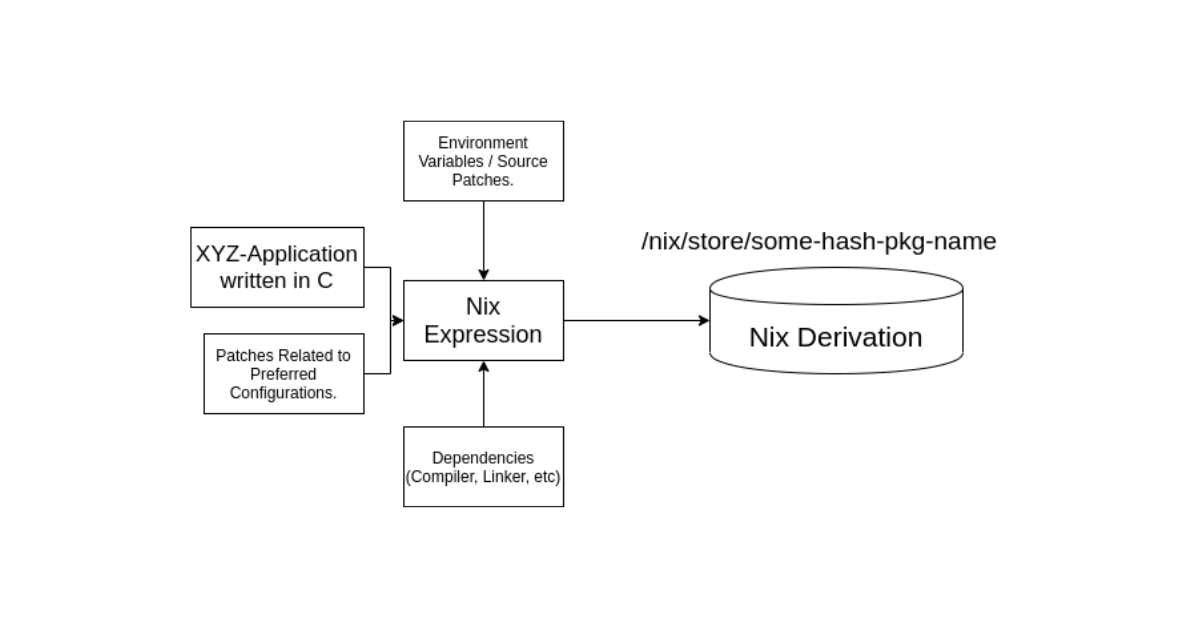 Simplifying package management with Nix.
Simplifying package management with Nix.
NixOS and the Community: A Growing Ecosystem
One of the core strengths of NixOS lies in its vibrant community. With extensive documentation and collaborative platforms, users can easily find help and share their experiences. The NixOS forum and the official NixOS wiki serve as excellent resources for both newcomers and seasoned users alike. They offer tutorials, troubleshooting tips, and discussions about best practices that make adopting NixOS easier than ever.
Projects such as Nixpkgs, the Nix Packages collection, contribute to this ecosystem by providing thousands of pre-built software packages. Users can browse this repository and seamlessly integrate software while maintaining system integrity.
Challenges and Considerations
While NixOS presents many advantages, it’s not without its challenges. The learning curve can be steep for users accustomed to traditional package management systems. The syntax used in configuration files may seem foreign at first, and existing Linux users might need time to adjust to the new paradigms.
Moreover, while the vast majority of common software is available through Nixpkgs, some specialized applications may not be immediately accessible, potentially requiring users to create their custom packages. However, the community’s collaborative spirit often means that others are likely to have tackled similar challenges.
The NixOS community supports users through forums and tutorials.
Conclusion: The NixOS Advantage
In conclusion, NixOS stands as a transformative solution for system configuration and management, especially in a world where flexibility and reproducibility are increasingly essential. By embracing NixOS, developers and system administrators can not only simplify their workflows but also ensure security, consistency, and efficiency across all projects.
As technology continues to advance, having a robust and reproducible environment like NixOS will likely become a standard rather than an exception. For those looking to future-proof their software development practices, exploring NixOS may just be the key to unlocking a more efficient and enjoyable development experience.







